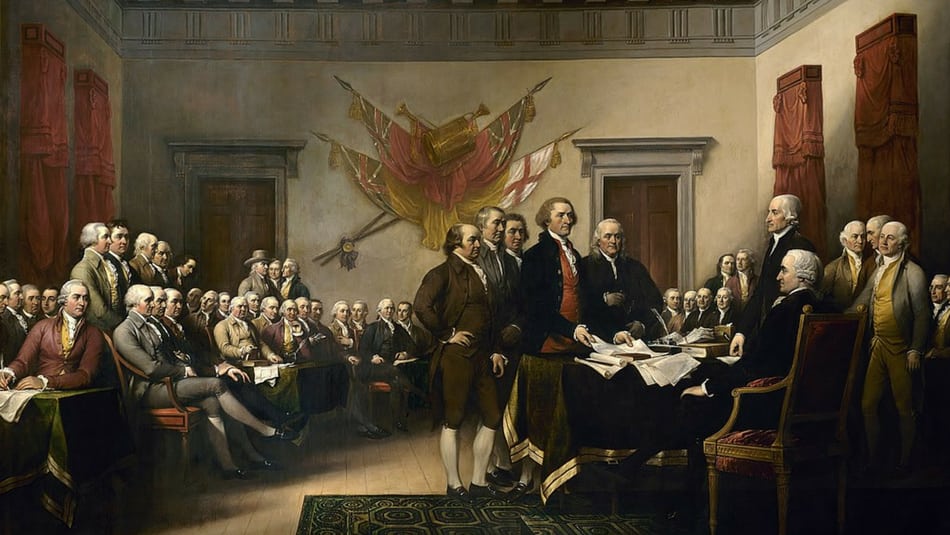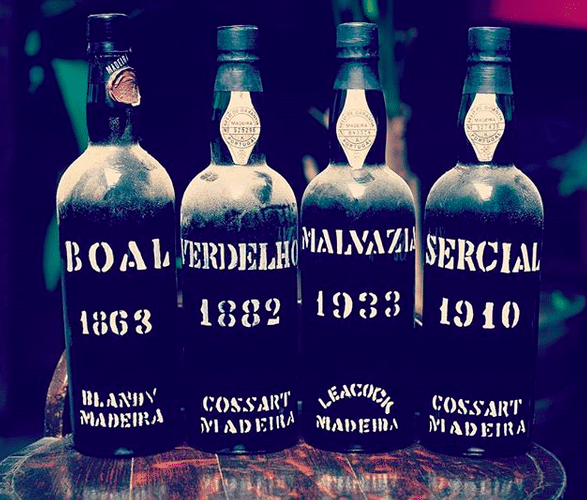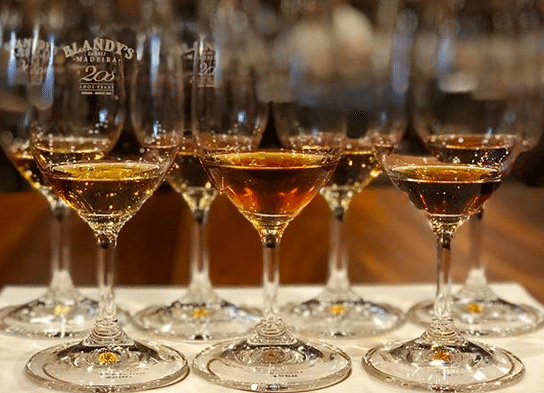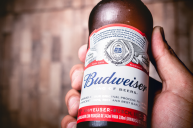We know of Ben Franklin's love for beer and Thomas Jefferson's efforts to grow a native U.S. wine culture. Any American school child knows that tea played an important role in the American Revolution. But the drink you should be toasting America's independence with is Madeira.
Videos by Wide Open Country
Madeira is a fortified Portuguese wine, still made today but wildly popular in Colonial times. What makes it unique is that the fortified wine is "cooked" or heated to 140°F for an extended time and also oxidized. Basically, the wine is spoiled on purpose.
Today, that process takes place in stainless steel vats that are heated for no less than three months. But what we know as Madeira wine was an accidental discovery. Wine was made on the Portuguese Madeira islands, just off the northwest coast of Africa. A popular port of call in the 15th through 18th centuries for sailing ships on their way to India, ships would load up with wine barrels. Like Port, the wine was fortified with distilled alcohol to help preserve it during the journey.
But wine makers discovered that on the long ocean voyage, the heat from the sun and the motion of the waves turned the fortified wine into something entirely new. Better yet, customers liked this new style of wine, so they began producing it on purpose.
The colonies consumed almost a quarter of Maderia production; they were by far the wines biggest customer base. It was popular with colonists partly because of its ability to withstand a long sea journey, but also for a reason that gets to the heart of the American Revolution: Maderia wasn't taxed.
According to "Colonial Spirits: A Toast to Our Drunken History" by Steven Grasse (an outstanding and fun read on the history of alcohol in Colonial America), Britain and Portugal had an exclusive trade deal which meant that importers didn't have to pay taxes on Maderia like they did on almost every other imported wine.
And here's where Madeira becomes intertwined with the American Revolution. If you thought taxes on tea (passed in 1767) and stamps (passed in 1765) were a big deal, imagine what the colonists must have felt like when one of their favorite wines was included under the list of new British taxes.
John Hancock (he of signature fame) brings a shipment of Madeira into Boston in 1768. Tensions are already high because of the earlier taxes and other actions by the British Crown like the Quartering Act, passed in 1765, which required colonists to house and feed British soldiers. Upon reaching the Boston port, Hancock is told that he must pay duties (taxes) on his shipment of 3,150 gallons of Madeira. From Grasse's book: "He refuses; British authorities seize Hancock's boat and its contents, and Boston riots."
Madeira, like coffee, was identified with the struggle for American freedom. It was a symbol of resistance against the Crown, so much so that Thomas Jefferson called for a toast to the Declaration of Independence with Madeira. The Constitution was toasted with the drink as well. George Washington drank a pint of Madeira every day. And Betsy Ross sipped from a glass of Madeira while sewing the American flag.
Where did Madeira go? Well, like so many other favorites of American drinkers, Prohibition happened. Since Madeira wasn't produced here in America, once the market disappeared, it was more difficult to bring it back once Prohibition ended. According to The Washington Post, Bartholomew Broadbent brought Madeira back to the U.S. in 1988 for the first time since 1918. He uses the wine's storied history to remind Americans of why they should include it on their patriotic (and regular) drinking menus.
One of the selling points of Madeira is that it doesn't go bad. There are bottles from the 18th century still around and they're perfectly good. Because the wine is already oxidized, once open, a bottle of Madeira still lasts, well, pretty much forever. You might store it in the refrigerator, but as long as it's sealed well, on the counter works, too.
Today, many people consider Madeira to be either a cooking wine or a dessert wine. While it works as either (not a cheap cooking wine though, please), it's a more versatile drink. Styles of Madeiras range from dry to sweet, so whatever you're serving for the 4th of July, consider picking up a bottle of Madeira to toast our nation's independence.






